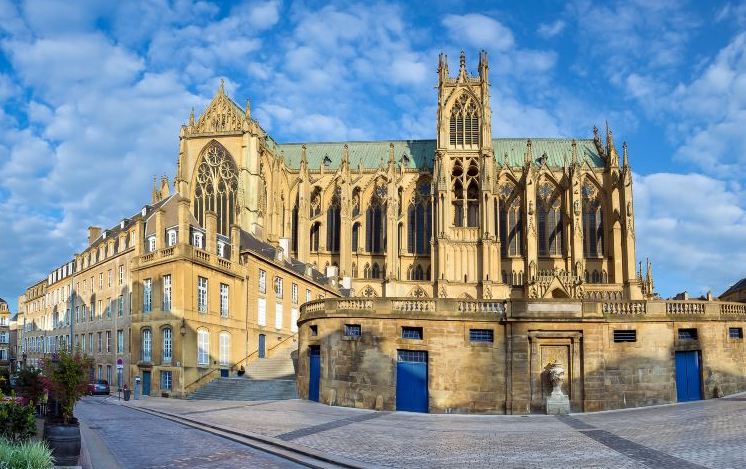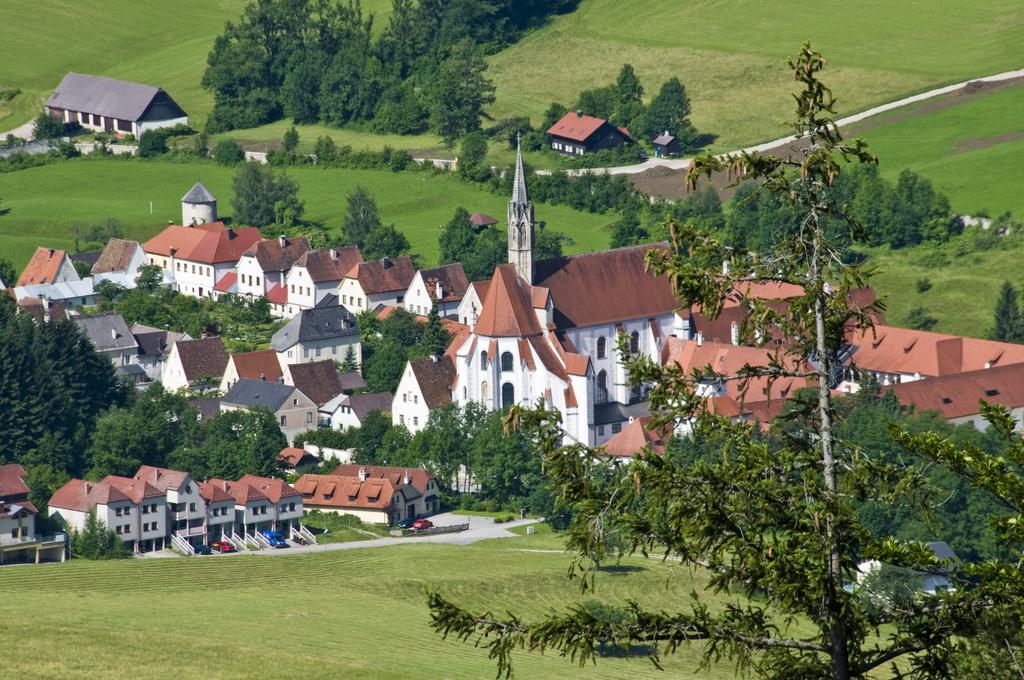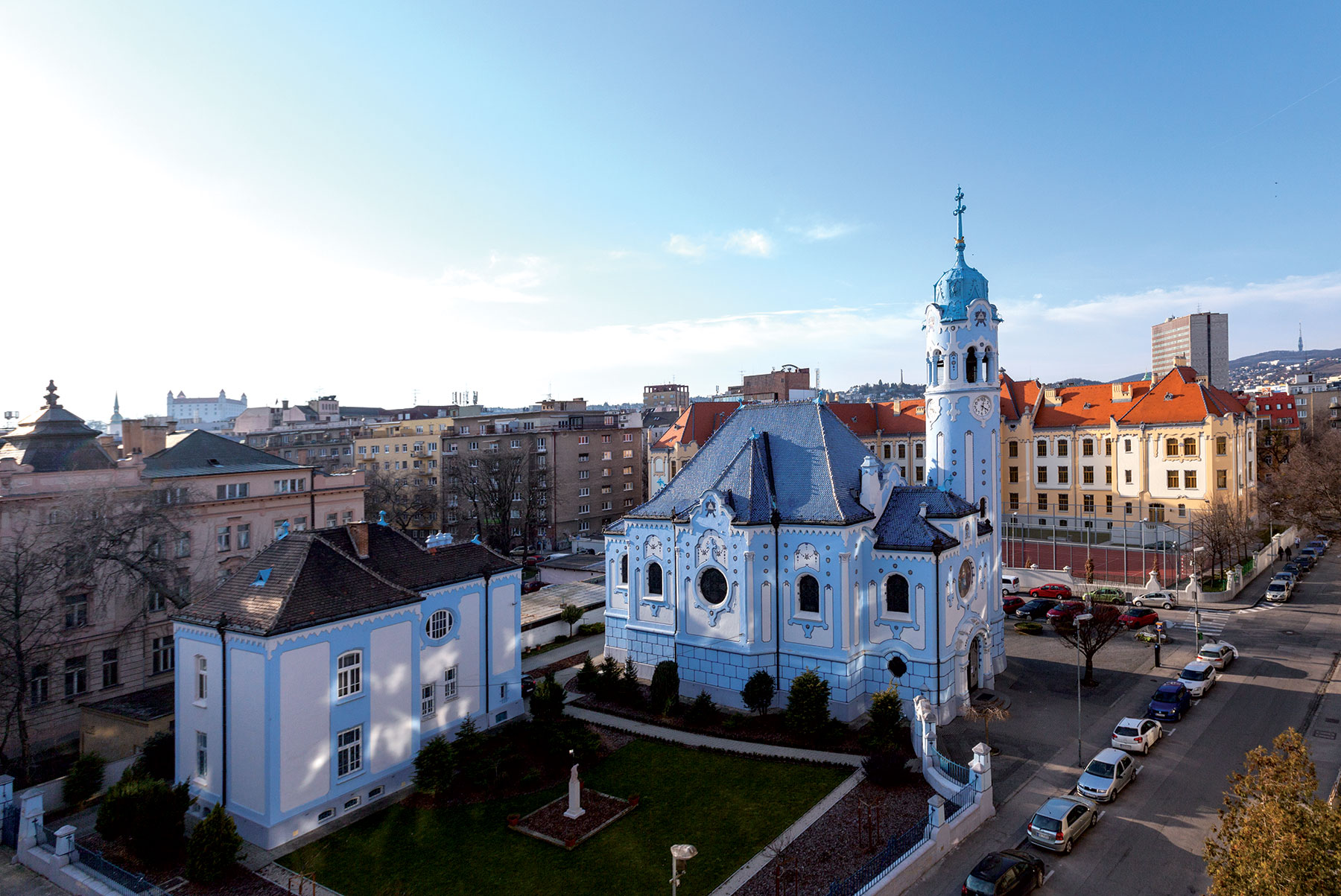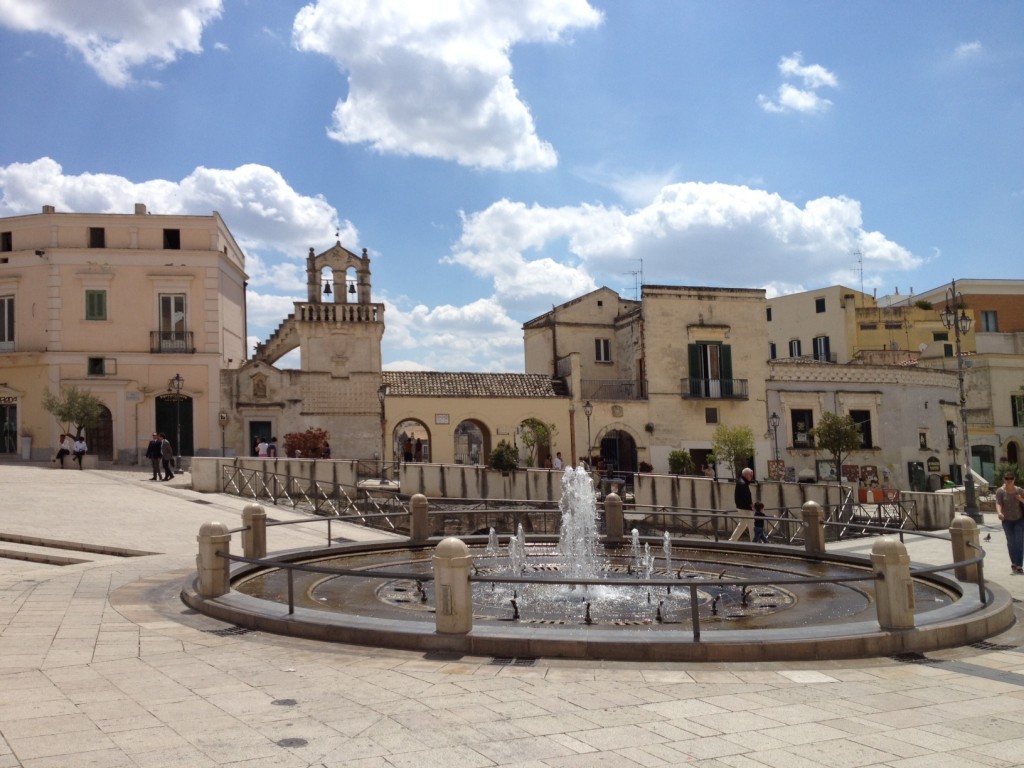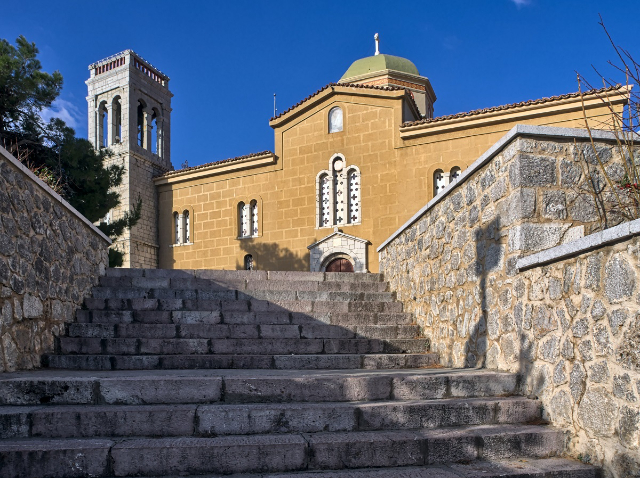The church dedicated to St. Mary Salome, patroness of Veroli, is not far from the Cathedral of St. Andrew the Apostle and stands on the site where the remains of the Pious Woman of the Gospel were found in 1209.
According to the report sent to Innocent III by Girardo, abbot of Casamari, the body was found in a "locus arduus et aridusvaldedifficilis ad eundum, praecipitiis plenum et rupibus," at the indication of a certain Thomas, custodian of the church of St. Peter. An oratory was built around the tomb, which was transformed and expanded over time. The ancient building was destroyed by the 1350 earthquake, but was rebuilt and consecrated in 1492. Later renovations to the facade and interior of the church were begun by Bishop De Zauils in the early 1700s and were completed in 1733 by Bishop Tartagni, his successor. The interior is divided into three wide naves, and in the central apse is a canvas with the image of St. Salome by Cavaliere d’Arpino (Giuseppe Cesari, 1568-1640), while the figures of the Holy Apostles John the Evangelist and James the Greater are almost certainly the work of local painter Giuseppe Passeri. At the back of the left aisle are frescoes dating from the 13th-14th centuries; to the right of the chancel is a majestic triptych "Madonna and Saints," signed by D.F. Hispanus in 1561, adorned with a gilded and painted wooden frame. Next to the triptych is a large painting, attributed to Francesco Solimena (1657-1747), which depicted the various Franciscan Orders and the Virgin Mary handing over their ‘cingulum,’ a symbol of union. The frescoes in the dome are attributed to Giacinto Brandi (1623-1690), and others, located on the walls on either side of the altar, according to A. Scaccia Scarafoni, are by the painter Frezzi, from Parma. In the first chapel of the left aisle, a painting of the Immaculate Conception by Sementi is kept on the altar. On the right and left side walls are two canvases with scenes from the Passion, possibly by Maratta (1625-1713), restored in 1922 by the German painter Hasleker. In the first and second chapels along the right aisle are a Crucifix by F. Trevisani (1656-1746) and a Deposition by A. Cavallucci di Sermoneta (1752-1759), respectively. In the first half of the 1700s, in the second chapel, Bishop Tartagni had the Holy Staircase built, consisting of twelve steps (the eleventh contains a fragment of the Holy Cross of Jerusalem), where one can obtain plenary indulgence as per the concession of Pope Benedict XIV. In the third chapel one can admire a wooden statue of Saint Salome, from the 17th-century Bernini school. In the last chapel of the right aisle is the funerary monument that Laudazia De Minaldis in 1655 wished to dedicate to her daughter Francesca Antonia Leni, who died when she was just 15 years old. At the top, inside a perfect oval, the bust of the young girl with delicate features and the two graceful putti, holding a cloth with the dedication, make the whole monument refined and touching; the artist’s hand was able to interpret the deep but composed grief of a mother who wanted to remind posterity of her creature. In the Confession, the mausoleum covered with precious marble and built by Bishop Tartagni in 1742, the mortal remains of St. Mary Salome are currently kept under the altar and inside a gilded urn. On either side of the altar, two other urns hold the relics of Saints Blaise and Demetrius, companions of the saint. The oratory located on the lower level, the first construction built on the site, can be visited by descending a staircase that goes around the circular tower. Next to the steps is still visible an ancient well from which the ‘FratresCustodes’, present in the oratory since 1210, drew water. Under the altar of the crypt can be glimpsed the exact spot where the Saint’s body was kept until 1209; opposite is the small stone urn where her bones were placed after they were found; here they remained until the 1350 earthquake damaged the lid. Since then the bones were brought and kept in the chapel of the Cathedral Treasury, where they remained for about 400 years, when they were moved again and in solemn form by Bishop Tartagni to the Chapel of the Confession, on the occasion of the celebrations of the seventh centenary of the discovery of the sacred remains ( 1209-1909). Opposite the Basilica of St. Mary Salome stands the Seminary, which, since the second half of the 1700s, has housed the Biblioteca Giovardiana, one of the oldest public libraries in Italy.


